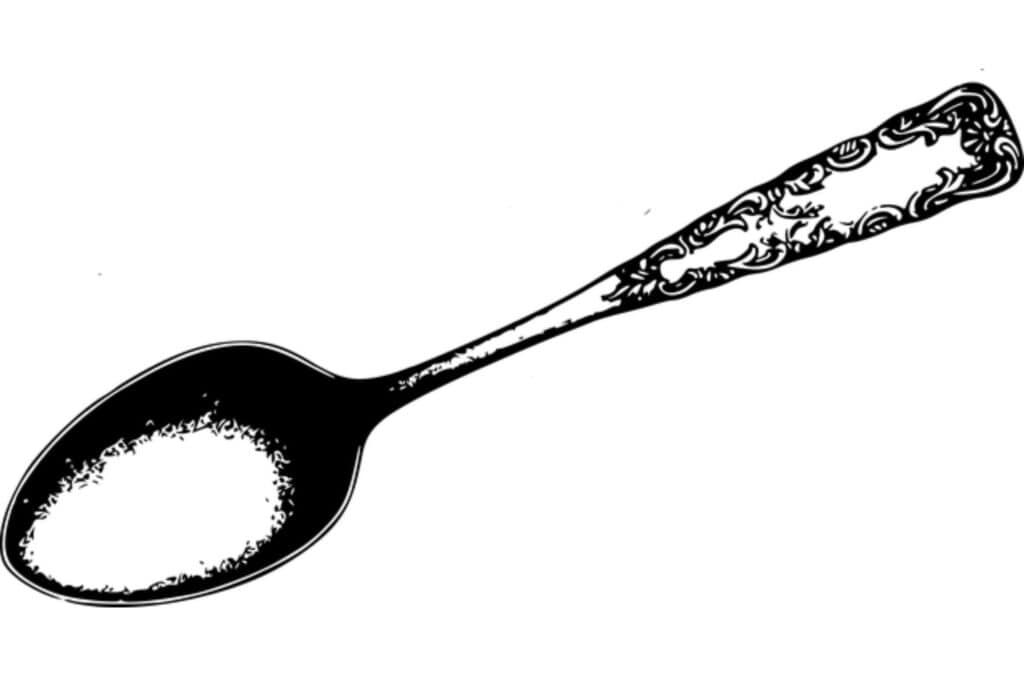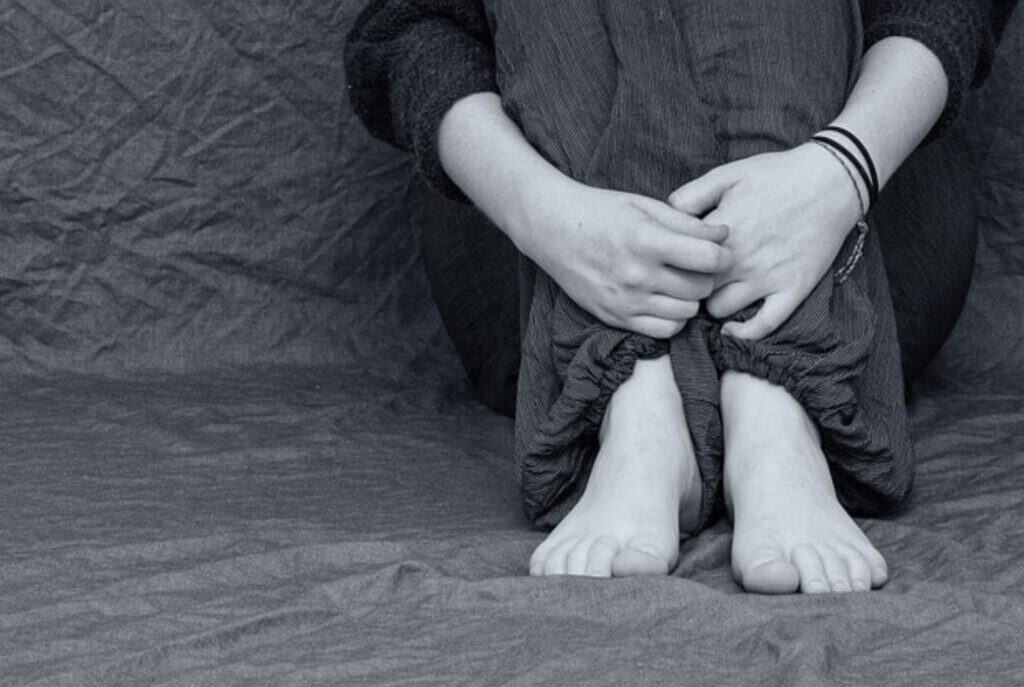Whether you’re concerned about your child or curious about understanding the warning signs, being informed is vital. Heroin addiction can be a challenging issue, but awareness and early intervention can make a significant difference. When dealing with heroin use or addiction, recognizing associated drug paraphernalia is crucial. Identifying these items can aid in early intervention and support for individuals struggling with heroin dependence.
Importance of Recognizing Heroin Paraphernalia
You might know someone who’s struggling with controlled substances, like heroin, without realizing it. That’s why recognizing the drug paraphernalia is so essential—it can clue you into a possible controlled substance use disorder in your child.
Heroin abuse is more widespread than many realize. In 2020, around 902,000 Americans aged 12 and older used heroin at least once in the past year, and over 13,000 people died from heroin-related overdoses. Acting early and reaching out to healthcare professionals can make a real difference in their journey to recovery.

Methods of Heroin Use
Recognizing signs of heroin use involves understanding how this substance impacts the human body through different methods of ingestion.
Injection
Many people prefer parenterally injecting controlled substances, which allows them to enter the bloodstream quickly and produce a high within minutes. Injecting heroin into your veins is a direct violation of your body’s natural defenses.
Intranasal Administration
Another way to use heroin is by snorting it. When the controlled substance is in pure form, it can produce a euphoric high that many users prefer. Similar to cocaine, people use items like straws, rolled-up paper, or tiny tubes to snort it.
Smoking
Smoking heroin is another method, often done with rolling papers or pipes. Each method of using heroin or other controlled substances can cause significant physical harm to the body.
Each method leaves distinct physical signs on the human body, along with paraphernalia, that, when observed early, can prompt timely intervention and support for those struggling with addiction.
Types of Controlled Substance Paraphernalia
Descriptive materials accompanying suspicions of heroin use are crucial as they provide important information about how the drug is used. There are various types of paraphernalia associated with heroin administration that people may use to conceal their substance use disorder. You may even find sophisticated isomerization devices used to alter the chemical composition of heroin. At first, these items may seem like circumstantial evidence, but recognizing them is key to uncovering hidden addiction issues.
Spoon
One of the most common pieces of paraphernalia is a heroin spoon. A person measuring controlled substances will place them on the spoon to heat up. Spoons are used to “cook” heroin, which turns heroin tar or powdered heroin into a liquid that can be injected. Sometimes, these can be miniature cocaine spoons or punctured metal bowls that hold burning material.
Foil
Heroin and other controlled substances can be placed on aluminum foil when smoking it. Foil and other containers can also be used to conceal small amounts of the drug. Burnt or charred foil is often a clear sign of heroin use.
Cotton
What might seem like a harmless product in any bathroom can be a piece of heroin paraphernalia. When preparing controlled substances, cotton balls are used to strain liquid heroin and separate the pieces that do not melt when heated. They can also be found in needle caps or with other objects of paraphernalia.
Needles
Heroin users commonly use hypodermic syringes to inject the drug. Finding needles, syringes, or even needle caps can be an indication of heroin use.
Pipes
Heroin is sometimes placed in a pipe and smoked. Regular tobacco pipes, chamber pipes, ceramic pipes, air-driven pipes, carburetor pipes, electric pipes, water pipes, and even ice pipes can be used. Pipes used for hashish oil can be used for heroin and often have burn marks and may be found with other smoking paraphernalia, like roach clips or permanent screens.
Straws or Rolled Paper
For those who snort heroin, straws, rolled-up paper, or tiny tubes are commonly used. These items can often be found with residue or powder on them.
Cards, Knives, and Sharp Implements
Heroin is usually divided into smaller quantities using a variety of tools such as knives, scissors, or even credit cards. At first, they may seem like circumstantial evidence, but these tools are used in cutting controlled substances, allowing the heroin to be manipulated and prepared for consumption or sale.
Bottle Caps or Metal Lids
These can be used similarly to spoons for heating and liquefying heroin before injection. They might be scorched or have residue on them.
Small Plastic Bags
Small plastic bags or cocaine vials are often used by addicts and hashish heads in packaging small quantities of heroin. These bags might have powdery residue or be found hidden in personal belongings.
Tourniquets
Tourniquets, such as rubber tubing, a belt, or a shoelace, can constrict veins and make them easier to inject.
Recognizing heroin paraphernalia is crucial for identifying abuse. If you notice these signs, approach gently and seek professional help promptly. Gather treatment information, like contacting a treatment facility, to ease the process. Encourage comprehensive care with detox, therapy, and ongoing support. Stress the need to address physical and mental health, reassuring them that seeking help is a courageous step toward a healthier future.
What To Do If You Find Drug Paraphernalia With a Child or Loved One
If you find heroin paraphernalia or other objects, it’s crucial to take action immediately. Someone concealing controlled substances and lost in addiction typically has difficulty asking for help. They may be in denial about their situation, and it may even seem to be in direct violation of who their loved ones know the addict to be. When confronting a child or someone with an addiction, it’s important to try to talk to them when they are not high. Explain to them that you know they have an illness and need help. Speak in a non-judgmental tone while also clarifying that this is a serious situation.
It helps to research treatment options, like contacting a heroin detox facility, to provide clear information and reduce uncertainty. Involving a healthcare professional for medical guidance is crucial. Please encourage them to seek comprehensive treatment, including detox, therapy, and ongoing support, addressing both physical and mental health needs. Look at local advertising, highlight available resources, and other logically relevant factors, such as support groups and counseling, to support their recovery journey. Encourage them to see seeking help as a brave step toward a healthier life.

Contact Our Treatment Facility in Phoenix, Arizona
Do you suspect your child has used heroin and may be struggling with a heroin addiction? Heroin can be life-threatening due to overdose risks. At our teen mental health treatment center, we specialize in treating adolescents who are battling mental health challenges and substance abuse issues like heroin addiction with tailored therapy programs to enhance physical and mental health.
We offer comprehensive treatment, including individual and group therapy, personalized medication-assisted treatment, and holistic therapies, to meet your child’s unique needs. Our compassionate, evidence-based care supports lasting recovery and empowers long-term sobriety with skills and resilience.
Contact us today for more information about our treatment programs. With Zenith Behavioral Health, you can take the first step towards a healthier, happier life.

